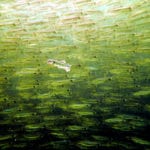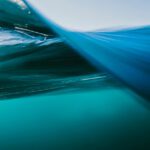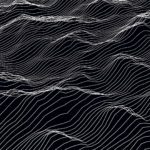Q&A with Rene Martin
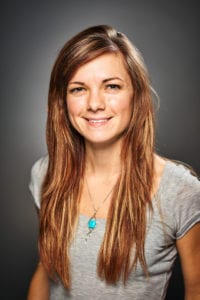
Often when we think of creating visuals for scientific research, our minds wander to all kinds of graphs, tables, and charts. But what if we thought outside the box plot? Rene Martin does just that. As a fourth-year Ph.D. student and creator of the #SundayFishSketch on Twitter, Rene brilliantly merges visual art with science through illustrations of fishes for her own practical use and for other professional artists and scientists. Currently, she is conducting her Ph.D. research at the University of Kansas, studying the evolution and diversification of deep-sea fishes using a variety of morphological and molecular techniques.
Rene will be judging the From the Machine category for the 2021 Visualizing Science Contest.
What was your inspiration that led to the creation of #SundayFishSketch?
It was mainly a desire to improve at illustrating, especially fish. I practiced art on and off throughout my youth but had lost touch with it for around a decade. After receiving my bachelor’s degree and moving into studying fish for my masters, I realized this was the career I would likely be in the rest of my life. I wanted to be able to illustrate my work, either for publications, public outreach, or personal pleasure. So, to motivate myself to practice regularly, I created the #SundayFishSketch on Twitter. The hashtag and its presence on social media were a way to hold myself accountable to sketching on a regular basis.
I didn’t follow the #sundayfishsketch theme today, but I’m a big fan of sunfishes and really enjoyed painting this green sunfish. I also created a time lapse of the process! #sciart #watercolor pic.twitter.com/KUsb4cDBgK
— Rene P. Martin (@Lampichthys) May 23, 2021
What advice would you give to a researcher who wants to start sketching?
Practice really is key when it comes to illustration. There are very few people that are born as great artists. It takes hours of practice in technique and trial and error before you feel like you’ve become accomplished at creating the illustration you envisioned in your mind. I also believe that trying out different illustrative styles and mediums is very beneficial to beginning artists. It allows for you to “test the waters”, so to speak, of different styles. This is important, as your final working medium, whether it be watercolor, graphite, or digital rendering, may be completely different than the medium you started with. Lastly, obtaining good reference material and watching different tutorials. Sometimes, it can be paralyzing and difficult to know how to start when it comes to illustration, so watching other artists and their techniques can be inspiring and motivating, potentially sparking an idea, or moving you out of your artistic funk.
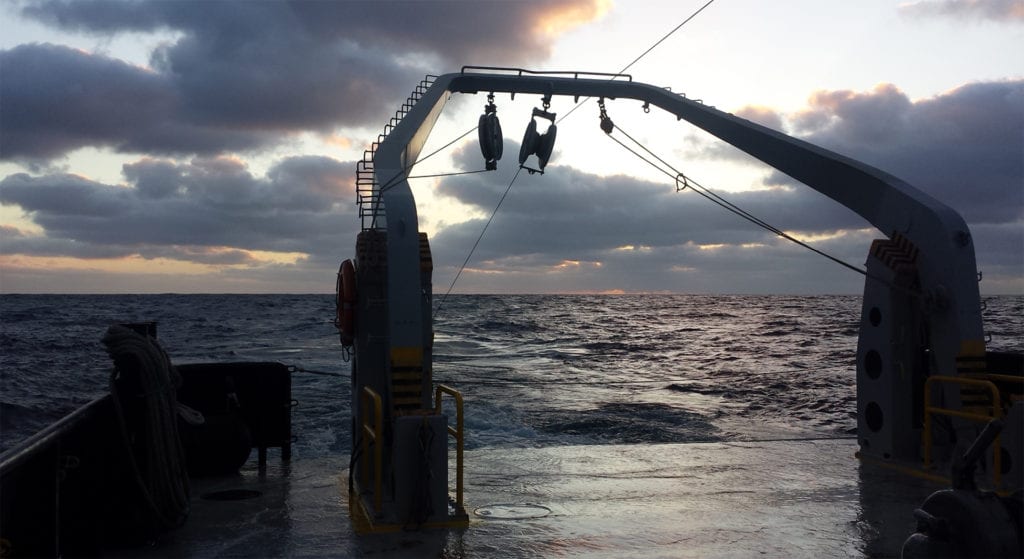
View from a trawler in waters off San Diego | Rene Martin
What do you think is the most important thing a researcher should consider when creating a scientific illustration?
If an illustration is being created for scientific purposes, there are two important things to keep in mind. Scientific illustrators and artists should think about what message or information they are trying to communicate, and who their audience is. Are you highlighting key features for species taxonomy and identification? Is this an infographic for the general public that is trying to simplify complicated information? Once you as the illustrator understands the purpose for the illustration, you can better focus on what to draw. Illustrations for species taxonomy and identification need to highlight important features that enable identification of the species from other taxa. Alternatively, infographics should be simplified, [and] tell a story that allows the reader to easily understand possibly complex information.

